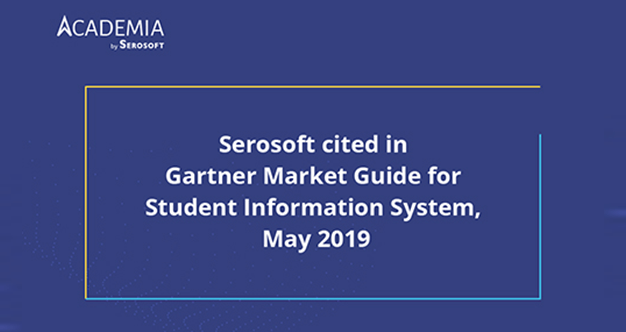Essential Toolkit for K-12 Tech Leaders: Maximizing the Potential of School Management Systems and Beyond
Introduction
In today’s rapidly evolving educational landscape, K-12 tech leaders are crucial in shaping the digital experience for students, teachers, and administrators. Harnessing the power of School Management Systems (SMS) and other technological tools is essential for maximizing efficiency, engagement, and success. This article will explore the essential toolkit for K-12 tech leaders, focusing on the benefits and best practices for implementing school management systems and other valuable resources.
- School Management Systems: A Comprehensive Solution
A robust school management system (SMS) streamlines administrative processes, enhances communication, and simplifies data management, all while promoting a data-driven approach to decision-making. When selecting an SMS, consider features such as:
- Enrollment and admissions management
- Scheduling and timetable management
- Grading, assessment, and reporting tools
- Attendance tracking
- Financial management and fee collection
- Parent-teacher communication tools
- Learning Management Systems: Enriching the Learning Experience
A learning management system (LMS) complements your SMS by offering a platform for delivering and managing educational content, fostering collaboration, and assessing student progress. Key features to look for in an LMS include:
- Course creation and management
- Multimedia content support
- Discussion forums and collaboration tools
- Assessment and grading capabilities
- Progress tracking and analytics
- Cybersecurity Measures: Safeguarding Your Digital Ecosystem
Protecting the digital environment within your school is a top priority for K-12 tech leaders. Implementing robust cybersecurity measures helps to safeguard sensitive data and maintain the trust of students, parents, and staff. Essential cybersecurity practices include:
- Regularly updating software and systems
- Implementing strong password policies
- Conducting regular security audits
- Educating staff and students on cybersecurity best practices
- Establishing a comprehensive incident response plan
- Accessibility Tools: Ensuring an Inclusive Digital Experience
To create an inclusive digital environment, K-12 tech leaders must prioritize accessibility. Integrating accessibility tools into your school’s digital ecosystem ensures all students can fully participate and succeed. Consider implementing:
- Text-to-speech and speech-to-text tools
- Screen readers
- Captioning and transcription services
- Alternative input devices
- Customizable font sizes and color contrasts
- Professional Development Resources: Empowering Teachers and Staff
Investing in the professional development of teachers and staff is critical for the successful implementation of new technologies. Offer ongoing training and support to help educators confidently navigate and utilize your school’s digital toolkit. Key professional development resources include:
- Workshops and seminars
- Webinars and online courses
- Mentoring and coaching programs
- Peer collaboration and sharing platforms
- Access to industry conferences and events
Conclusion
By harnessing the power of school management systems, learning management systems, and other essential tools, K-12 tech leaders can create a more efficient, engaging, and successful educational environment. Prioritizing cybersecurity, accessibility, and professional development ensures that your school’s digital ecosystem is both secure and inclusive. With a comprehensive toolkit in place, tech leaders can play a pivotal role in shaping the future of K-12 education.
Related posts:
 Higher Ed Plans
Higher Ed Plans K12 Plans
K12 Plans










